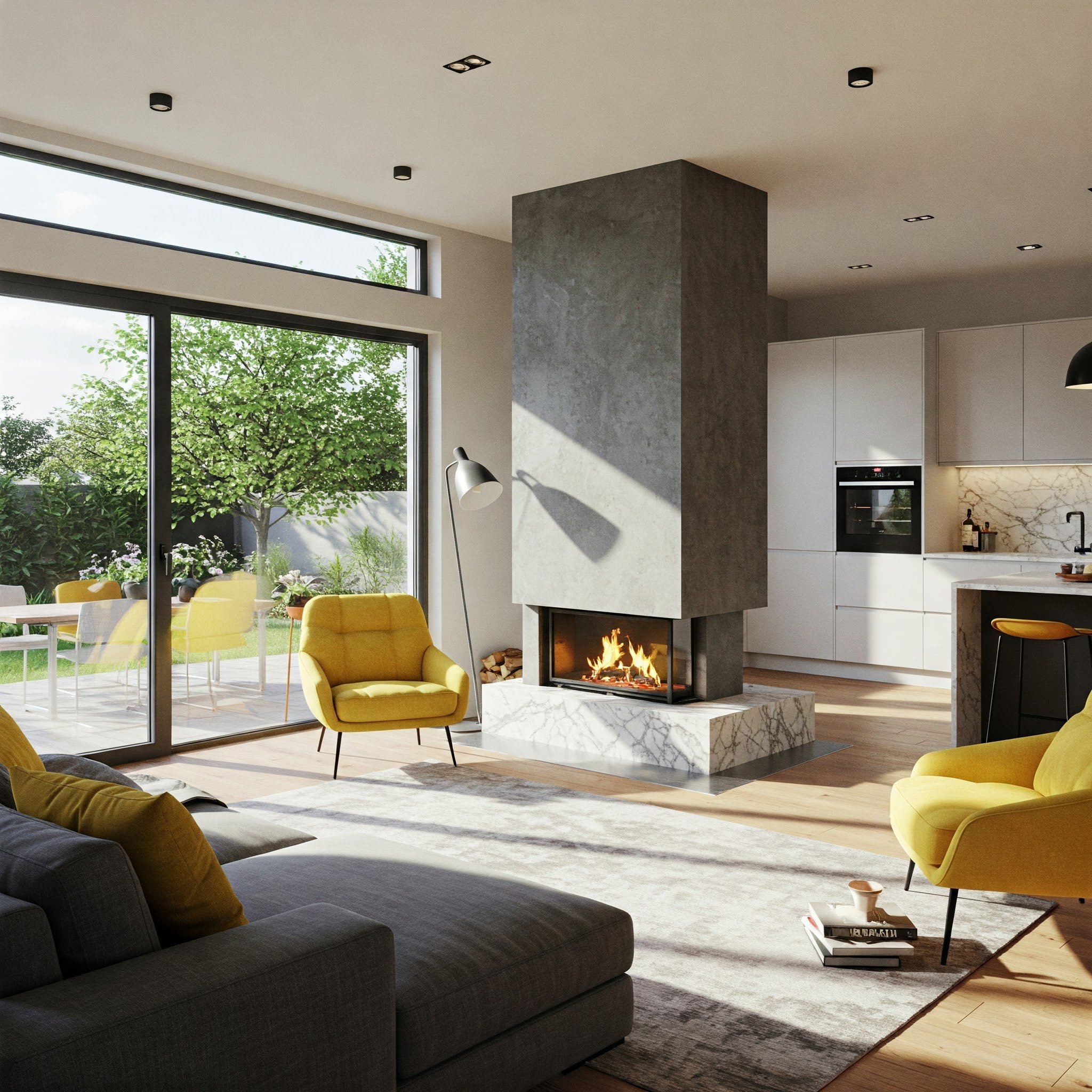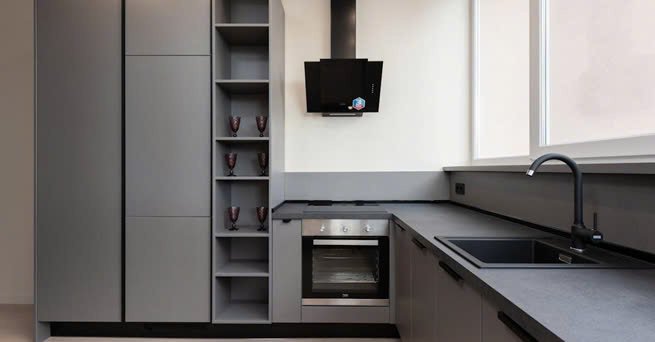Home Extensions vs. Home Additions: Understanding the Differences and Choosing the Best Option
Discover the key differences between home extensions and home additions to help you choose the best option for expanding your living space effectively.
Homeowners looking to expand their living space often face the decision between home extensions and home additions. This choice can significantly impact the functionality and value of a property. Understanding the key differences between these two options is crucial for making the best investment for your home.
An extension typically involves increasing the floor area of your existing home by building outward. This can mean adding extra rooms on the ground level or even expanding a kitchen or living room. On the other hand, a home addition generally refers to adding an entirely new section to your house, which might include additional floors or separate structures like a garage.
Choosing between a home extension and an addition depends on various factors such as the available land, budget, and the specific needs of your household. Selecting the right approach ensures a tailored solution that enhances both the aesthetics and functionality of your home, meeting your unique requirements.
Home Extensions vs. Home Additions: Definitions and Differences
When considering home improvements, it's crucial to differentiate between home extensions and home additions. Each option impacts space, design, and cost differently, influencing real estate value and functionality.
What is a Home Extension?
A home extension involves expanding an existing room or area of a home by building outward. This means extending the floor plan horizontally without adding new levels. Extensions often aim to create additional space, like enlarging a kitchen or living room.
Extensions are favored for their ability to blend seamlessly with the existing structure. This option usually requires fewer structural changes, which can be a cost-effective solution. Familiar examples include extending a kitchen, adding a sunroom, or creating expanded living areas.
What is a Home Addition?
A home addition involves constructing new rooms or spaces, which may involve building upward or outward. Unlike extensions, additions increase the home's square footage substantially and often include new bedrooms, bathrooms, or living spaces.
Additions are ideal for homeowners needing significantly more space. They allow for increased functionality without relocating to a larger home. Common examples are adding an extra story, creating a guest room, or building an attached garage.
Comparing Extensions and Additions
Extensions are generally more seamless, focusing on modifying existing spaces. They are often less expensive due to limited structural changes. Additions, by contrast, provide more space and versatility, potentially increasing the property's value more significantly.
Cost is a critical factor. Extensions might be cheaper short-term, but additions can yield a higher return on investment. Design limitations also set them apart. Extensions depend heavily on the current layout, while additions offer more freedom in layout and design.
Planning and Execution
Effective planning and successful execution are crucial for home extensions and additions. Understanding zoning laws, selecting the right contractor, and deciding on the most suitable option can significantly affect the outcome and satisfaction with your project.
Choosing the Right Option for Your Home
When deciding between a home extension and addition, several factors should be considered. Assess the available land, current layout, and your family's needs. For those with limited ground space, vertical additions might be the best choice.
Consider how each option aligns with your budget and goals. Extensions typically offer extra living space on a single floor, while additions provide more room vertically. Evaluate how each option impacts your home's aesthetic and functionality. Consulting with professionals can help in making an informed decision.
Navigating Zoning Laws and Permits
Navigating zoning laws is essential in any home renovation project. Before starting, homeowners must research local regulations to ensure compliance. Different areas have specific rules for extensions and additions, impacting height restrictions, property line setbacks, and others.
Securing necessary permits is crucial to avoid legal issues. Applications often require precise plans and documentation. Communication with local authorities can streamline the process and prevent unexpected delays. These steps help ensure a smooth execution and adherence to local building codes.
Working with a General Contractor
Choosing the right contractor is critical for project success. A skilled general contractor coordinates various aspects of construction, ensuring quality and timeliness. In regions like Miami, finding a contractor who understands local nuances is beneficial.
Look for contractors with robust portfolios and positive reviews. Interview potential candidates to gauge their experience with similar projects. Contractor Services often involve overseeing schedules, budgets, and compliance with regulations. Effective communication fosters a collaborative and efficient environment.
When selecting a contractor, ensure they are licensed and insured. This provides added protection and confidence, knowing the project meets industry standards. Make contracts clear with detailed expectations for both parties to prevent misunderstandings.





























